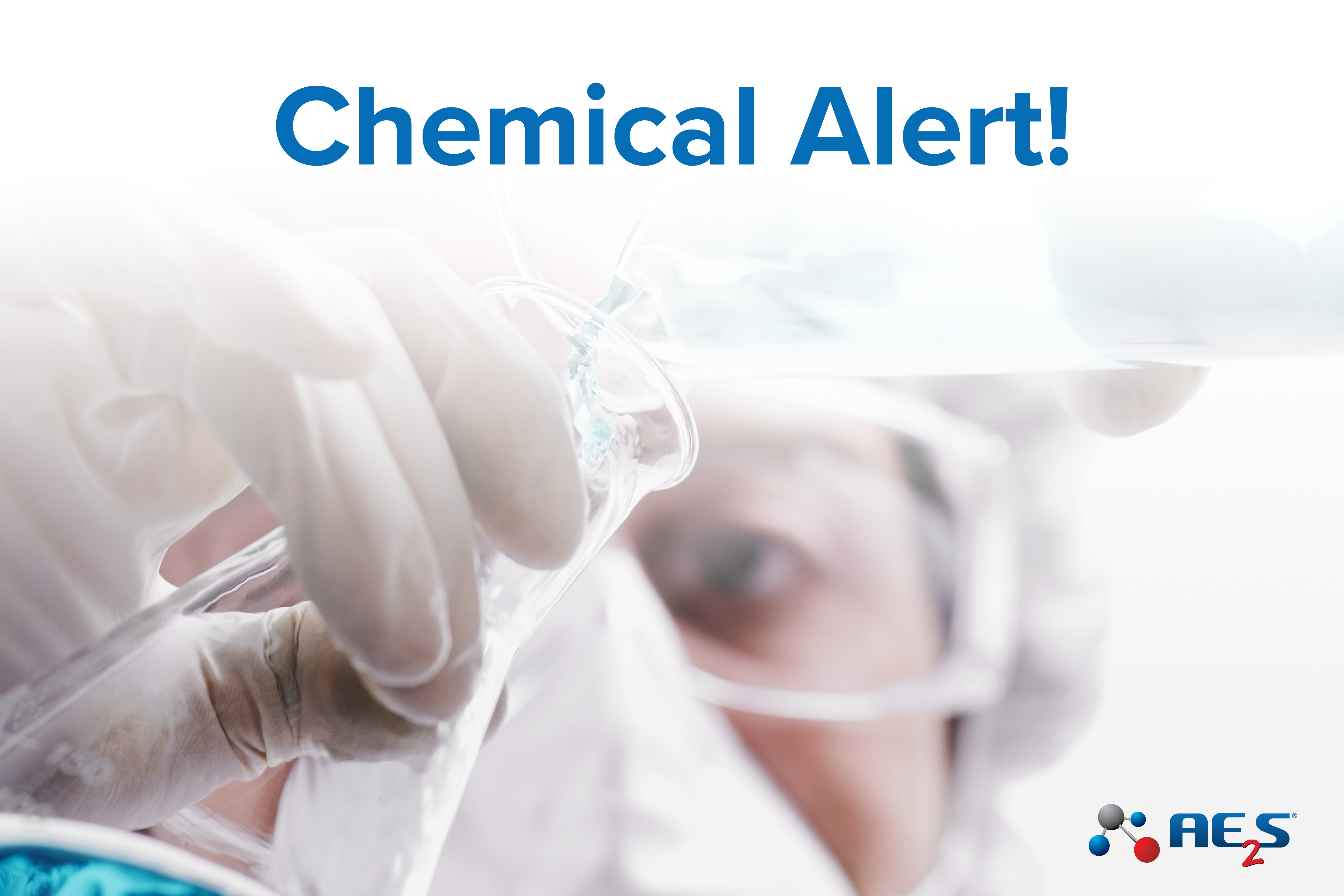The U.S. Environmental Protection Agency, American Water Works Association, and National Rural Water Association have issued warnings to water and wastewater utilities of potential imminent chemical supply chain problem after a fire at a plant that produces two common treatment chemicals. The January 11th fire at Carus Chemical Company damaged or destroyed multiple structures at the plant.
The plant in Illinois is the largest, and potentially only, domestic producer of potassium permanganate and sodium permanganate. Although the United States imports potassium permanganate, primarily from India, most domestic demand is met by the Carus Chemical Company. Potassium permanganate and sodium permanganate are primarily utilized for water treatment in the United States, accounting for more than 50% of domestic consumption.
“Chemical providers are working to mitigate impacts, but water utilities should take appropriate steps to address a potential shortage. AE2S is working on technical guidance for alternative treatment strategies to be utilized if permanganate becomes unavailable,” says Nate Weisenburger, AE2S Drinking Water Practice Leader. “We are also developing a communications toolkit to assist clients with messaging to the public about potential water quality changes that may occur due to the utilization of alternative treatment strategies.”
The Carus chemical facility produces a variety of phosphate-based corrosion control chemicals, such as blended phosphates, dipotassium orthophosphate, sodium polyphosphate, and zinc orthophosphate. However, the USEPA says there are other domestic producers of phosphate-based corrosion control chemicals, such as Innophos, ICL Specialty Products, Mosaic Company, and Hawkins Chemical Company.
Water and wastewater systems that receive chemicals produced at the Carus chemical facility in LaSalle, Illinois are cautioned about potential supply chain disruptions. Furthermore, the domestic market for these chemicals will likely experience challenges until the lost production capacity is restored.
USEPA Recommendations for Potential Supply Chain Disruptions:
- Identify mutual aid and assistance opportunities. Join your Water and Wastewater Agency Response Network (WARN) and contact other mutual aid networks and nearby water/wastewater systems directly to discuss arrangements for receiving assistance in the event of a supply chain disruption.
- Access USEPA resources. Visit https://www.epa.gov/waterutilityresponse/water-and-wastewater-sector-supply-chain-resilience to access resources your system can use to prepare for, or respond to, a potential supply chain disruption.
AE2S is in contact with key chemical providers, and our staff are assessing the severity and duration of a potential permanganate shortage. If you have questions about how the potential chemical shortage may affect your system, contact Nate.Weisenburger@AE2S.com.

